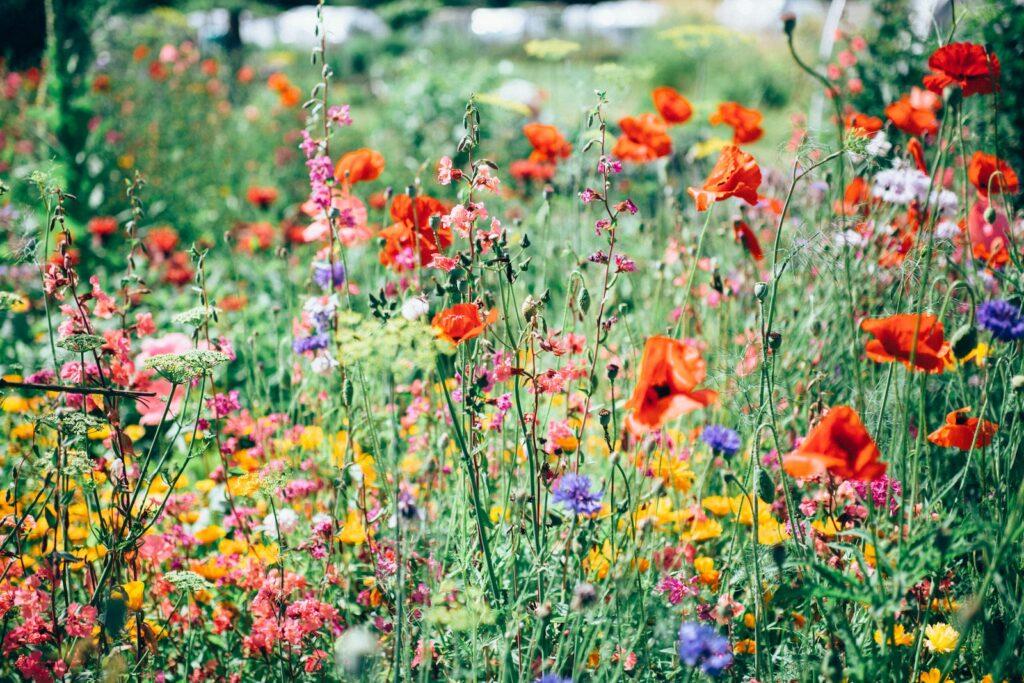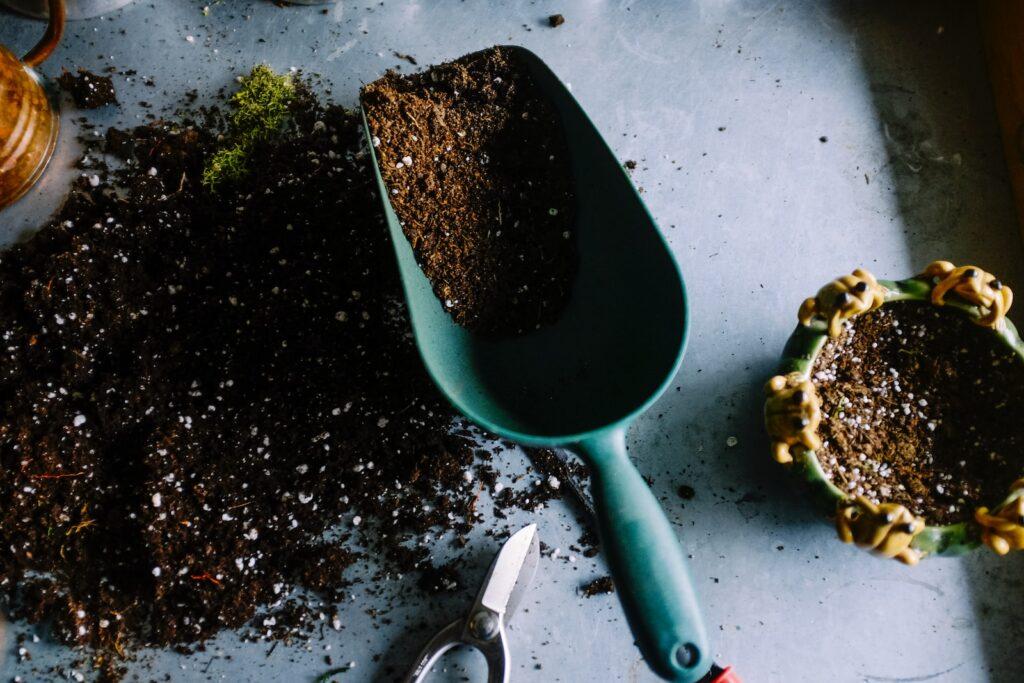Rated & Reviewed is reader-supported. When you buy through links on our site, we may earn an affiliate commission. Learn more.
Benefits of Weeding Your Garden
Weeding plants is an essential aspect of gardening that involves the removal of unwanted plants, known as weeds, from your garden or flowerbeds. While it may seem like a tedious task, weeding offers numerous benefits that contribute to the overall health and productivity of your plants.
Firstly, weeding improves the health of your plants by reducing competition for nutrients, water, and sunlight. Weeds tend to have aggressive growth habits, quickly overtaking the space and resources that your desired plants need to thrive. By removing weeds, you create an environment where your plants can receive the necessary resources and grow stronger.
Additionally, weeding encourages the growth of your desired plants. As weeds are removed, it opens up space for your preferred plants to expand their root systems and spread. This leads to more robust growth and a fuller garden. Weeding also helps to maintain a neat and organized garden aesthetic, enhancing the overall visual appeal of your outdoor space.
Lastly, weeding can attract pollinators and beneficial insects to your garden. Weeds often produce flowers that can attract bees, butterflies, and other pollinating insects. These insects play a critical role in the reproduction of many plants, making weeding a great practice to support the biodiversity and ecological balance in your garden.
Tips for Effective Weeding
Now that we understand the benefits of weeding, let’s explore some practical tips to make your weeding efforts more effective.
1. Clear soil of debris for easy access to weeds: Before you start weeding, remove any debris or fallen leaves from the surface of the soil. This will make it easier to identify and access the weeds, ensuring thorough removal.
2. Prevent the spread of invasive species: Weeds can quickly spread and take over your garden if not properly managed. Make sure to dispose of weeds properly by bagging them or adding them to a compost pile, avoiding any chance of them reseeding or spreading through underground roots.
3. Utilize cultivation tools for efficiency: Gardening tools like hoes, hand trowels, or cultivators can make the weeding process more efficient. Use them to loosen the soil around the weeds, making it easier to pull them out by the root. These tools can also help you reach weeds in tight spaces or areas where the roots are deeply embedded.
By following these tips, you can ensure that your weeding efforts are productive and contribute to the overall health and appearance of your garden. Remember, consistency is key when it comes to weeding, so make it a regular part of your gardening routine.
Types of Weeds
Weeds are classified into two main categories: annual weeds and perennial weeds. Understanding the characteristics of these weeds can help you effectively manage and control them in your garden.
Annual Weeds
Annual weeds are plants that complete their life cycle within one year. They grow from seeds, germinate, flower, produce seeds, and then die off. Some common examples of annual weeds include crabgrass, chickweed, and dandelions.
As annual weeds have a short lifespan, it is important to remove them before they produce seeds. By doing so, you can prevent their spread and reduce the number of weeds in subsequent years. Regularly monitoring and removing these annual weeds can help keep your garden free from their unsightly presence.
Perennial Weeds
Perennial weeds, on the other hand, have a longer lifespan and can persist for several years. They possess underground structures such as bulbs, rhizomes, or tubers that allow them to resprout after being cut or removed. Common examples of perennial weeds include bindweed, thistle, and Canada thistle.
Controlling perennial weeds can be more challenging than annual weeds due to their ability to regrow from these underground structures. To effectively manage perennial weeds, it is crucial to remove not only the above-ground portions but also their underground components. Regular mowing, hand pulling, or using targeted herbicides can help keep them in check.
How to Remove Weeds
When it comes to weeding your garden, there are several methods you can employ. The choice of weed removal technique depends on the type and extent of weed infestation, as well as personal preference.
Manual Removal
Manual removal of weeds involves physically pulling or digging out the plants from the ground. This method is best suited for small-scale weed control or when dealing with individual weeds. Ensure that you remove the entire weed, including the roots, to prevent regrowth.
Using a hand trowel, hoe, or garden fork can make manual weeding more efficient. These tools help loosen the soil around the weed, making it easier to extract the entire plant. It is advisable to remove weeds when the soil is moist as it loosens the grip of the roots and reduces the chances of them breaking off.
Chemical Herbicides
Chemical herbicides are another option for weed control, particularly for larger weed infestations. Selective herbicides target specific types of weeds, while non-selective herbicides kill all plants they come into contact with.
When using herbicides, it is essential to follow the instructions provided on the product label carefully. Take precautions such as wearing protective clothing and gloves, and do not apply herbicides on windy days to prevent drift. Additionally, be mindful of the potential impact on desirable plants, as some herbicides can also harm them.
Mulching with Smothering Materials
Mulching is an effective method to suppress weed growth and improve soil conditions. Organic mulches such as straw, wood chips, or compost can be applied around plants to create a barrier that prevents weed seed germination. This method works by blocking sunlight from reaching the soil surface, thereby inhibiting weed growth.
Prior to applying mulch, it is essential to clear the area of existing weeds. This ensures that you are not inadvertently smothering weeds within the mulch layer, which could lead to their survival and regrowth. Maintaining a thick layer of organic mulch, around 2 to 3 inches, can help prevent weed emergence throughout the growing season.

Soil Preparation for Weeding
Soil preparation plays a vital role in the success of weeding plants in your garden. Proper soil conditions allow for easy weed removal and discourage weed growth. Here are some important practices to consider when preparing your soil:
Aeration of Soil
Aerating the soil is essential for proper water drainage, nutrient absorption, and root development of your plants. When soil becomes compacted, it can create an environment where weeds thrive. To combat this, use a garden fork or aerator to loosen the soil, allowing air and nutrients to reach the plants’ roots. This will help your desired plants grow stronger and make it easier to remove weeds.
Addition of Organic Matter
Incorporating organic matter into your soil is another crucial step in preparing it for weeding. Organic matter, such as compost or well-rotted manure, improves soil structure, increases water retention, and enhances nutrient availability. This creates a healthy, nutrient-rich environment for your plants while reducing weed competition. Before planting, mix organic matter into the top few inches of soil to give your plants the best start.
Adjustment of pH Levels
Weeds often thrive in soil with imbalanced pH levels. Some weeds prefer acidic soil, while others prefer alkaline conditions. By testing and adjusting the pH levels of your soil, you can encourage the growth of your desired plants while inhibiting weed growth. Most garden centers offer pH testing kits or services. Depending on the results, you can add amendments, such as lime or sulfur, to bring the pH levels within the ideal range for your plants.
Additional Gardening Practices
In addition to proper soil preparation, incorporating specific gardening practices can further aid in weeding plants. These practices help create an environment that is less favorable for weed growth while promoting the overall health of your garden.
Mulching
Mulching is an effective method to suppress weed growth and conserve soil moisture. Apply a layer of organic mulch, such as wood chips, straw, or shredded leaves, around your plants. This barrier blocks sunlight from reaching weed seeds, preventing them from germinating and establishing themselves. Additionally, mulching helps regulate soil temperature and reduce erosion.
Companion Planting
Companion planting involves strategically placing plants that benefit each other in close proximity. Some plants naturally repel or deter pests that may feed on or compete with your desired plants. By choosing companion plants wisely, you can help reduce weed pressure in your garden. For example, planting marigolds near vegetables can deter pests and suppress weed growth.
Appropriate Nutrient Supply
Providing your plants with the right nutrients is crucial for their growth and resilience against weeds. Different plants have varying nutrient requirements, so it’s essential to understand the needs of your garden. Regularly fertilize your plants with organic or slow-release fertilizers to keep them healthy and strong. Strong, healthy plants are better able to compete with weeds for nutrients, water, and sunlight.
Final Thoughts on Weeding Plants
Proper soil preparation, incorporating additional gardening practices, and adopting an integrated approach to weed control can lead to successful weeding plants. By creating a healthy environment for your desired plants to thrive and utilizing various strategies to suppress weed growth, you can minimize the need for constant weeding and achieve a flourishing garden.
Weeding plants is an ongoing task that requires constant vigilance. Regularly examine your garden for weeds and remove them promptly before they have a chance to spread and take root. By implementing these practices and staying proactive in managing weeds, you can establish and maintain a beautiful, weed-free garden that you can enjoy throughout the growing season. Happy gardening!
Frequently Asked Questions for Weeding Plants
1. Why is weeding important for plant health?
Weeding is important for plant health because it eliminates competition for nutrients, sunlight, and water. This allows the desired plants to thrive and reduces the risk of disease and pest infestations.
2. How often should I weed my garden?
The frequency of weeding depends on various factors, including the type of weeds and the size of your garden. Generally, weeding should be done regularly, at least once a week, to prevent weed growth from becoming overwhelming.
3. What are some effective manual weed removal techniques?
Effective manual weed removal techniques include pulling weeds from the root, loosening the soil before removing them, and using a weeding tool or garden hoe to make the process easier and more efficient.
4. Are chemical herbicides safe for use in my garden?
Chemical herbicides can be effective in weed control, but it’s important to use them carefully and according to the instructions. Always choose herbicides that are safe for your specific plants and follow proper safety precautions while using them.
5. Can I prevent weeds from growing in my garden?
While it’s difficult to completely prevent weed growth, there are ways to minimize it. Good soil preparation, regular weeding, mulching, and practicing proper plant spacing can help reduce the growth of weeds in your garden.
Amazon and the Amazon logo are trademarks of Amazon.com, Inc, or its affiliates.


